den danske Slægt til adam friedel

Artist Lotte Kjoeller in her Gallery Lk-kunst.dk sitting with an Adam Friedel lithography above in her exhibition Aner or Genus in english feb. 2020.
På et tidspunkt kommer min fars halvbror Claus med interessante oplysninger om at jeg Lotte Kjøller langt tilbage er i slægt med Adam Friedel. Han er slægtsforsker. Adam Friedel er min tiptiptip oldefar. Se selv hvor dygtig en kunstner han er. Han var jøde og han er også i dag en af de mest kendte kunstner-jøder vi har. Der er kun 6 billeder her på siden for selv om jeg er i familie med ham må jeg købe mig til rettighederne til at bruge hans billeder på nettet.
I mit kunstneratelier hænger en gave fra min fars familie. En ægte litografi af Adam Friedel. Den er jeg stolt af. Se den her sammen med mig 54 år gammel.
Skrevet af Kunstner Lotte Kjøller Friedel Therkelsen 2021
THE DANISH Genus OF ADAM FRIEDEL
At one point, my father's half-brother Claus comes up with interesting information that I, Lotte Kjøller, am related to Adam Friedel a long time ago. He is a genealogist. Adam Friedel is my great-great-great-grandfather. See for yourself how good artist he is. He was a Jew and he is also today one of the most famous artist-Jews we have. There is only 6 pictures on this page because even though I am in family with him I have to buy the rights to use his pictures online.
In my artstudio hangs a gift from my father's family. A true lithograph by Adam Friedel. I'm proud of it. Se it here with me 54 years old.
Written by Artist Lotte Kjoeller Friedel Therkelsen 2021
FRIEDEL, Adam de. Grækerne, 24 portrætter af de vigtigste ledere og personer, der har gjort sig mest iøjnefaldende i den græske revolution, fra starten af kampen, London, Adam de Friedel, 1830.
Den danske Adam Friedel (1780-?) Tjente som militær embedsmand under Napoleonskrigene. Efter krigen fulgte han en dansk adelsmand på sin rejse til det osmanniske imperium. Friedel blev indviet til Filiki Etaireia og endte efter flere sejladser og missioner til Rusland i Zakynthos. I begyndelsen af den græske uafhængighedskrig var han på Peloponnes og tiltrådte frivilligt i de græske militærstyrker og udformede sig løjtnant baron Friedel von Friedelsburg af aristokratisk herkomst. Friedel blev tæt bekendt med Kolokotronis, Nikitaras, Petrobey Mavromichalis, Markos Botsaris, Demetrios Ypsilantis, Ioannis Kolettis, Alexander Mavrokordatos og andre. Gennem sin viden om fremmedsprog og hans kultur fik han Demetrios Ypsilantis 'tillid og fik tildelt flere missioner. Imidlertid afslørede en dansk løjtnant i juni 1822 Friedels løgne om hans slægt.
Friedel blev derefter udvist fra den almindelige græske hær. I 1823 rejste han til Egypten med den hensigt at samle penge til den græske kamp fra sine landsmænd, der var bosiddende i dette land. I 1824 var Friedel i Mesolonghi med Lord Byron. Når I.I. Meyer offentliggjorde en advarsel til filhellenske samfund, idet han rådede dem til at undgå Friedel, beskrevet som en skurk, i tidsskriftet "Ellinikia Chronika", Friedel søgte tilflugt i London, hvor han åbnede en litografbutik. I 1825 og 1826 trykte og udgav Friedel, både i Paris og London, 24 litografier med portrætter af politikere og fremtrædende militærpersoner under den græske uafhængighedskrig. Han havde tegnet portrætterne selv, i de fleste tilfælde fra naturen, mens J. Bouvier farvede og litograferede disse billeder. Serien var meget vellykket i Europa såvel som i USA og Indien og blev gentagne gange genudgivet til 1832 og hjalp dermed de filhellenske komiteers bestræbelser på at fremme den græske sag i Europa. Af sundhedsmæssige årsager blev Friedel tvunget til at forlade England og bosætte sig i det sydlige Frankrig og senere Italien. I 1849 kom han til Athen, hvor han blev tildelt to vigtige dekorationer for sit bidrag til den græske kamp for uafhængighed.
Han rejste derefter til Smyrna og underviste på en græsk skole i byen i to år. Under Krim-krigen blev han i den osmanniske hovedstad, hvor han malede portrætter af flere politikere. Af sundhedsmæssige årsager flyttede Friedel igen til Bøhmen i en kort periode og vendte derefter tilbage til Athen, hvor han blev indtil 1863. Efter et kort ophold i Istanbul vendte Friedel igen tilbage til Athen i 1865 og forelagde kong George I en rapport bestående af dokumenter om hans bidrag til årsagen til Grækenlands uafhængighed og bede om pension for hans ydelser til Grækenland. Sted og dato for hans død forbliver ukendt. Friedels portrætter af græske revolutionærer blev symboler for frihed, vækkede samvittighed, motiverede flere tiders fremtrædende personligheder til at støtte den græske revolution og blev emblemer for filhellenismen i fjerne lande. I dag er Friedels litografier meget efterspurgte i kunstauktioner.
Citat og skrevet af Ioli Vingopoulou
Se mere tekst og flere billeder her:
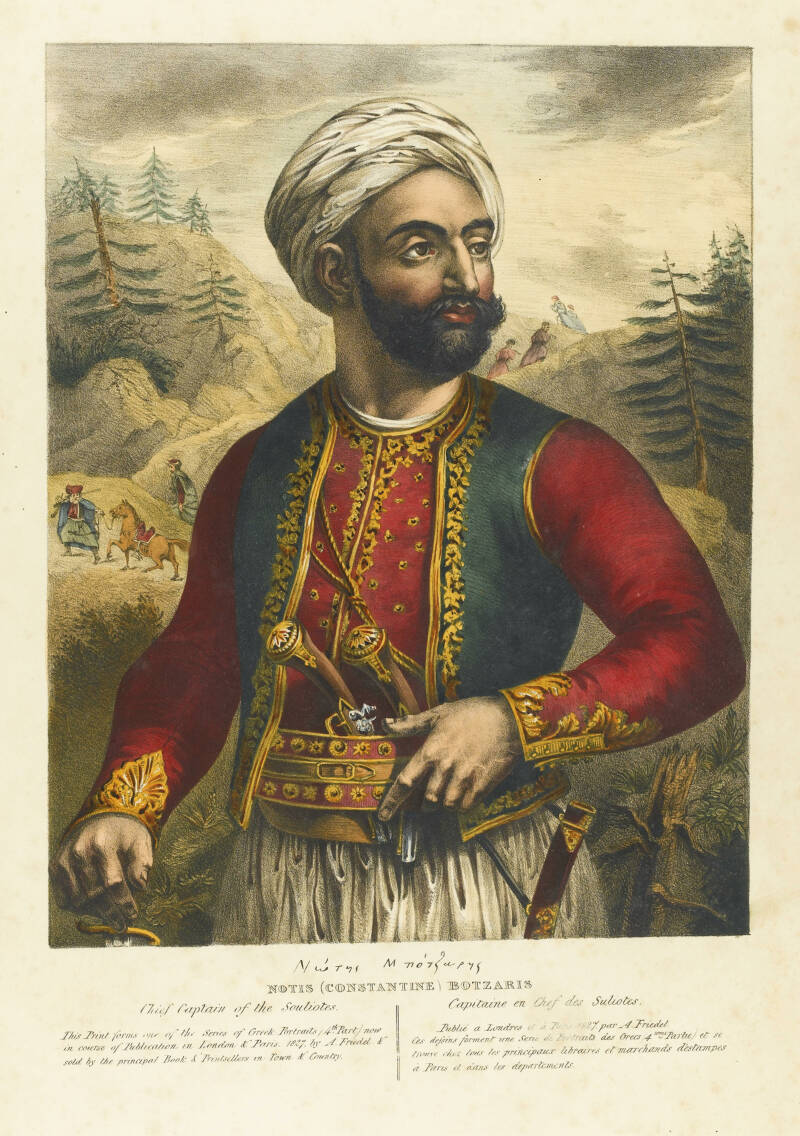

Friedel, Adam de THE GREEKS. TWENTY FOUR PORTRAITS OF THE PRINCIPAL LEADERS AND PERSONAGES WHO HAVE MADE THEMSELVES MOST CONSPICUOUS IN
Adam de Friedel. The Greeks, Twenty-four Portraits of the principal Leaders and Personages who have made themselves most conspicuous in the Greek Revolution, from the Commencement of the Struggle, London, Adam de Friedel, 1830. 1830. Adam Friedel (1786–) Description Danish painter and publisher Date of birth/death 1786 19th century Work location London (1833 - 1845) Authority control : Q349403 VIAF: 23331963 GND: 133524914 445 Nikita, a chief Leader in the Greek Army, distinguished for his Patriotism and Disinterestedness - Friedel Adam De - 1830
FRIEDEL, Adam de. The Greeks, Twenty-four Portraits of the principal Leaders and Personages who have made themselves most conspicuous in the Greek Revolution, from the Commencement of the Struggle, London, Adam de Friedel, 1830.
The Danish Adam Friedel (1780- ?) served as military official during the Napoleonic wars. After the wars, he accompanied a Danish nobleman on his journey to the Ottoman Empire. Friedel was initiated to Filiki Etaireia and, after several voyages and missions to Russia, ended up in Zakynthos. At the beginnings of the Greek War of Independence he was in the Peloponnese, and enlisted voluntarily in the Greek military forces, styling himself lieutenant Baron Friedel von Friedelsburg, of aristocratic descent.
Friedel became closely acquainted with Kolokotronis, Nikitaras, Petrobey Mavromichalis, Markos Botsaris, Demetrios Ypsilantis, Ioannis Kolettis, Alexander Mavrokordatos and others. Through his knowledge of foreign languages and his culture, he gained Demetrios Ypsilantis' trust, and was assigned several missions. However, in June 1822 a fellow Danish lieutenant revealed Friedel's lies about his lineage.
Friedel was then expelled from the regular Greek Army. In 1823 he travelled to Egypt intending to collect money for the Greek Struggle from his fellow countrymen residing in that country.
In 1824, Friedel was in Mesolonghi with Lord Byron. When I.I. Meyer published a warning to philhellenic societies, advising them to avoid Friedel, described as a crook, in the journal “Ellinikia Chronika”, Friedel took refuge in London, where he opened a lithographer's shop.
In 1825 and 1826 Friedel printed and published, both in Paris and London, twenty-four lithographs with portraits of politicians and eminent military figures of the Greek War of Independence. He had drawn the portraits himself, in most cases from nature, while J. Bouvier coloured and lithographed these images.
The series was very successful, in Europe as well as in the USA and India, and was repeatedly republished down to 1832, thus helping the efforts of the Philhellenic committees to promote the Greek cause in Europe.
Due to health reasons, Friedel was forced to leave England and settle in southern France and later Italy. In 1849, he came to Athens, where he was awarded two important decorations for his contribution to the Greek Struggle for Independence.
He then travelled to Smyrna and taught at a Greek school of the city for two years. During the Crimean war, he stayed at the Ottoman capital, where he painted the portraits of several politicians.
Due to health reasons again, Friedel moved to Bohemia for a short period and then returned to Athens, where he stayed until 1863. After a short stay in Istanbul, Friedel returned again to Athens in 1865 and submitted to King George I a report comprised of documents on his contribution to the cause of Greece's independence, asking for a pension for his services to Greece. The place and date of his death remain unknown.
Friedel's portraits of Greek revolutionaries became symbols of freedom, aroused consciences, motivated several distinguished personalities of the time to support the Greek Revolution and became emblems of Philhellenism in faraway countries. Today, Friedel's lithographs are very much sought-after in art auctions.
Quote and written by Ioli Vingopoulou
See more text and more pictures here:
The 6 exambles of Lithography by Adam Friedel


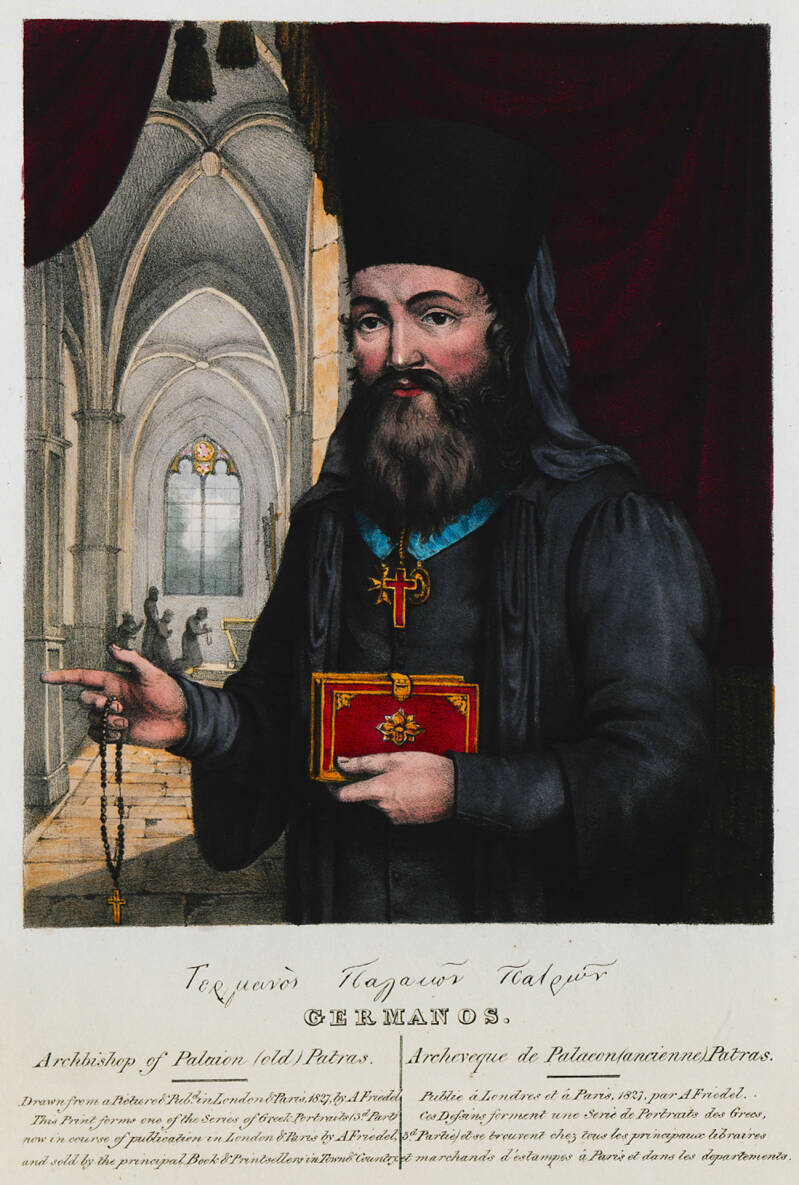
L: Adam de Friedel. The Greeks, Twenty-four Portraits of the principal Leaders and Personages who have made themselves most conspicuous in the Greek Revolution, from the Commencement of the Struggle, London, Adam de Friedel, 1830.
M: Portrait of Manto Mavrogenous . 1827. Adam Friedel (1786–) Description Danish painter and publisher Date of birth/death 1786 19th century Work location London (1833 - 1845) Authority control : Q349403 VIAF: 23331963 GND: 133524914 229 Friedel - Manto Mavrogenous
R: Germanos Archbishop of Palaion (old) Patras Friedel Adam De 1830
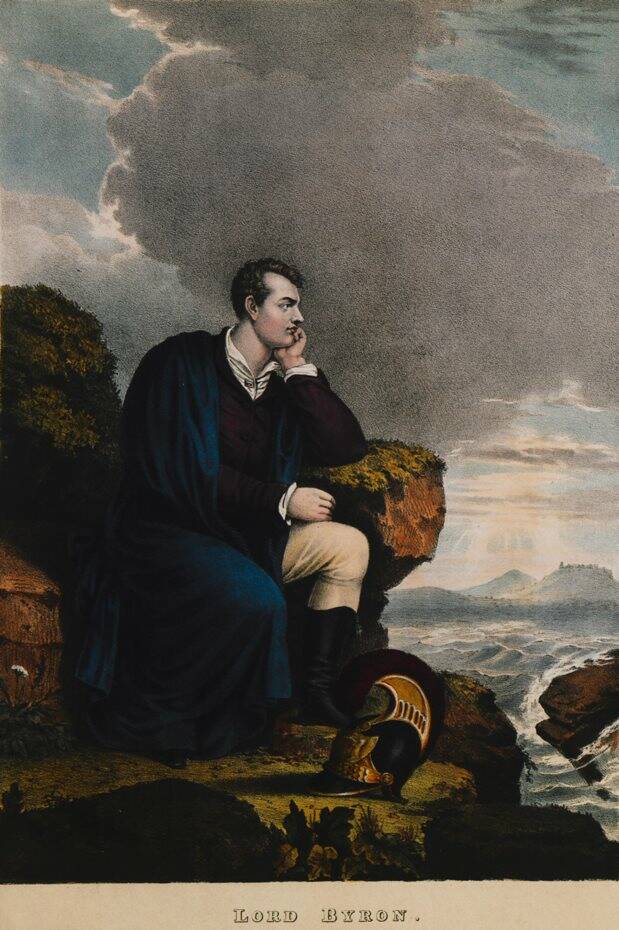
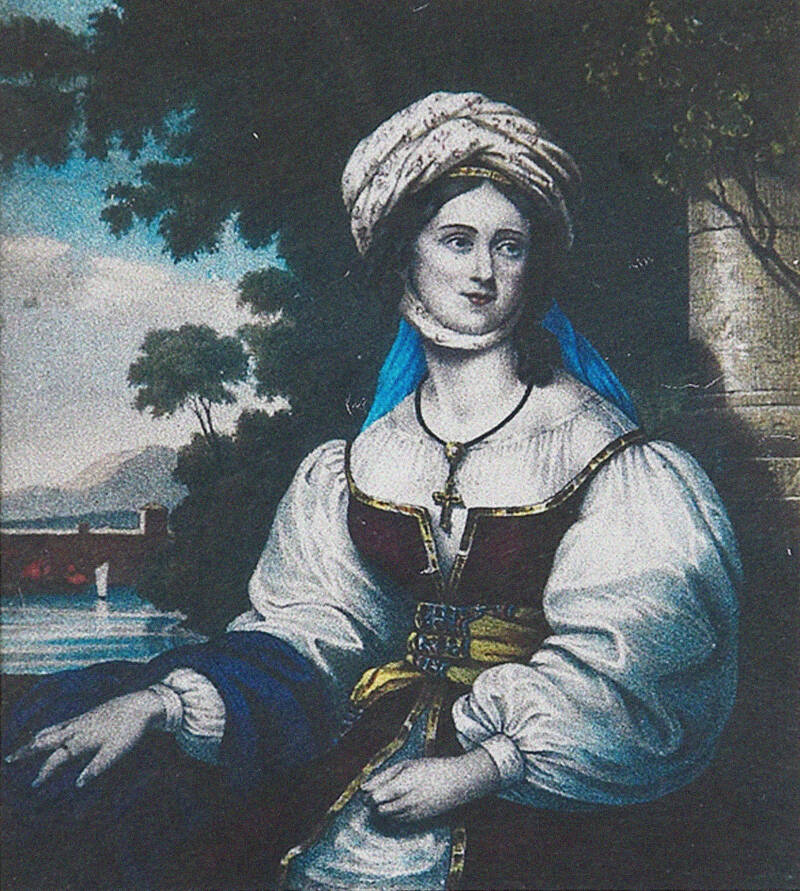
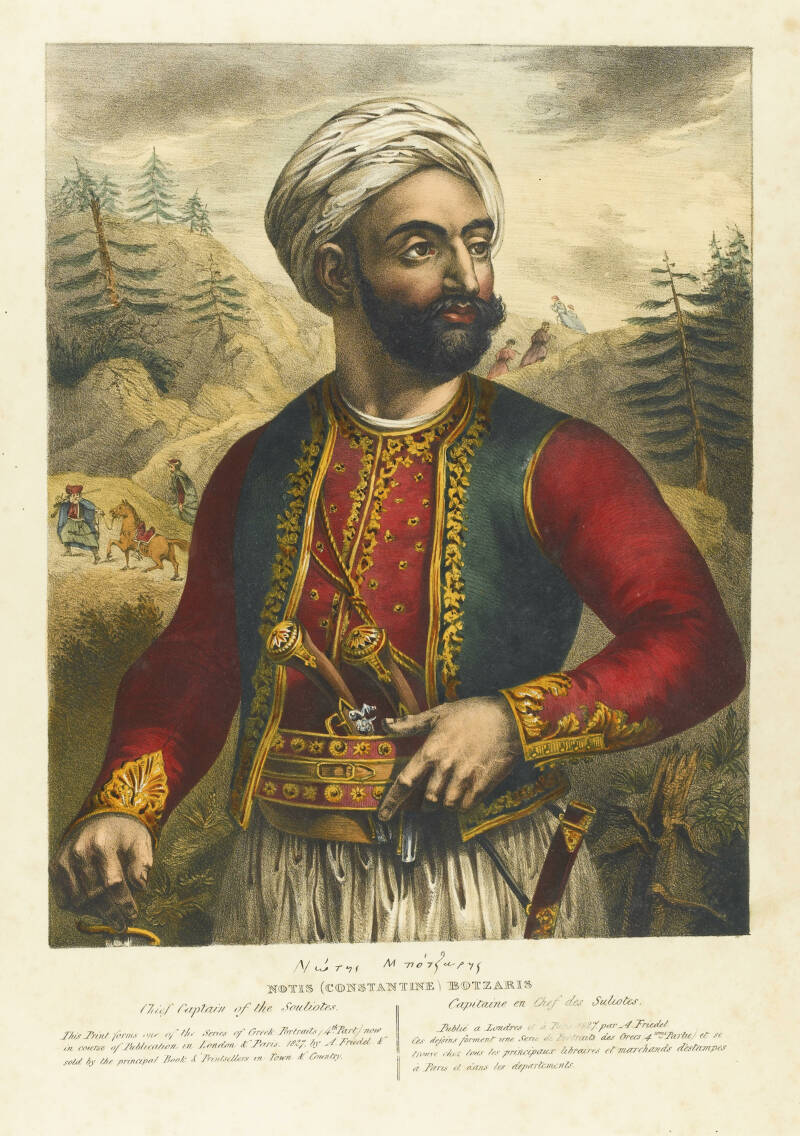
L: Lord Byron Friedel Adam De 1830
M: Portrait of Laskarina Bouboulina, 1830. Artist: Friedel, Adam (ca. 1780-?)
R: Friedel, Adam de THE GREEKS. TWENTY FOUR PORTRAITS OF THE PRINCIPAL LEADERS AND PERSONAGES WHO HAVE MADE THEMSELVES MOST CONSPICUOUS IN
Copyright and permission
Copyright: Lotte Kjoeller has copyright on this page and the pictures. It is not allowed to steal.
I have bought permission to use the 6 pieces of art of Adam Friedel to the net. Permission is bought by Alamy
Create Your Own Website With Webador